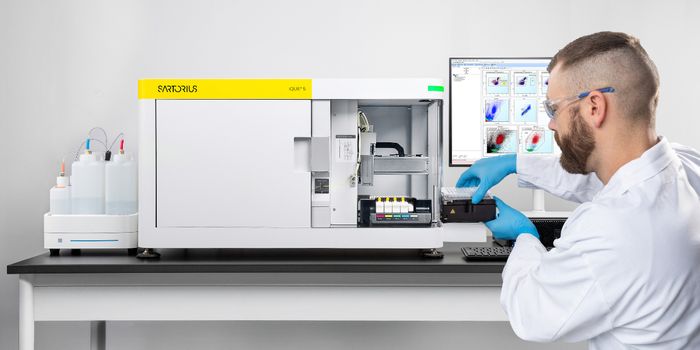Peptide Made by Marine Worms Can Destroy Multidrug-Resistant Bacteria
Drug-resistant bacteria pose a serious threat to public health, and scientists have been searching for new antibiotics to help confront that issue. Antimicrobials can be found in interesting places, including bacteria and fungi. Researchers have now identified a compound made by an animal called a sandworm that can destroy bacteria that are resistant to the effects of multiple antibiotics. The study, which was funded by a Danish biotechnology company called Adenium Biotech, has been reported in Nature Communications.
“Adenium Biotech asked for our help to investigate a small peptide called arenicin-3 that they found in the marine sandworm Arenicola marina, which could kill Gram-negative bacteria — including strains resistant to last-resort antibiotics,” Dr. Alysha Elliott of The Institute for Molecular Bioscience at the University of Queensland.
Bacteria can be generally classified by the biochemical properties of the membrane that encloses their cellular contents. If there is no outer lipid membrane, but a thick peptidoglycan layer is present, a microbe is said to be Gram-positive. The peptidoglycan layer of Gram-negative bacteria is thin, and an outer lipid membrane is also present. Many pathogens are gram-negative, and Elliott noted that the extra defensive layer makes them tougher to kill.
“Gram-negative bacteria have evolved to outsmart our current antibiotics, but natural antibiotics like the one found in the sandworm can penetrate the cell membrane of bacteria.”
In this study, the researchers tested various compounds generated by the sandworm, including one called arenicin-3, against bacterial cells and human cells.
“While many of the initial compounds were remarkably active in killing the bacteria, they were toxic to human cells including red blood cells and did not work well in the presence of lung surfactant,” said Dr. Johnny Huang of the University of Queensland. “This would be an issue if we wanted to treat bacterial pneumonia where the infection is found in the lung.”
The scientists altered the structure of the molecule until they created a drug called AA139. It was then able to destroy multi-drug resistant bacteria is disease models with few side effects.
“Our next challenge is to get this peptide to where the infections are found. Many bacterial infections are deep-seated, requiring penetration through tissue to reach them. This is a tough challenge for a peptide antibiotic, although there remains a dire unmet medical need for new antibiotics,” Elliott explained.








